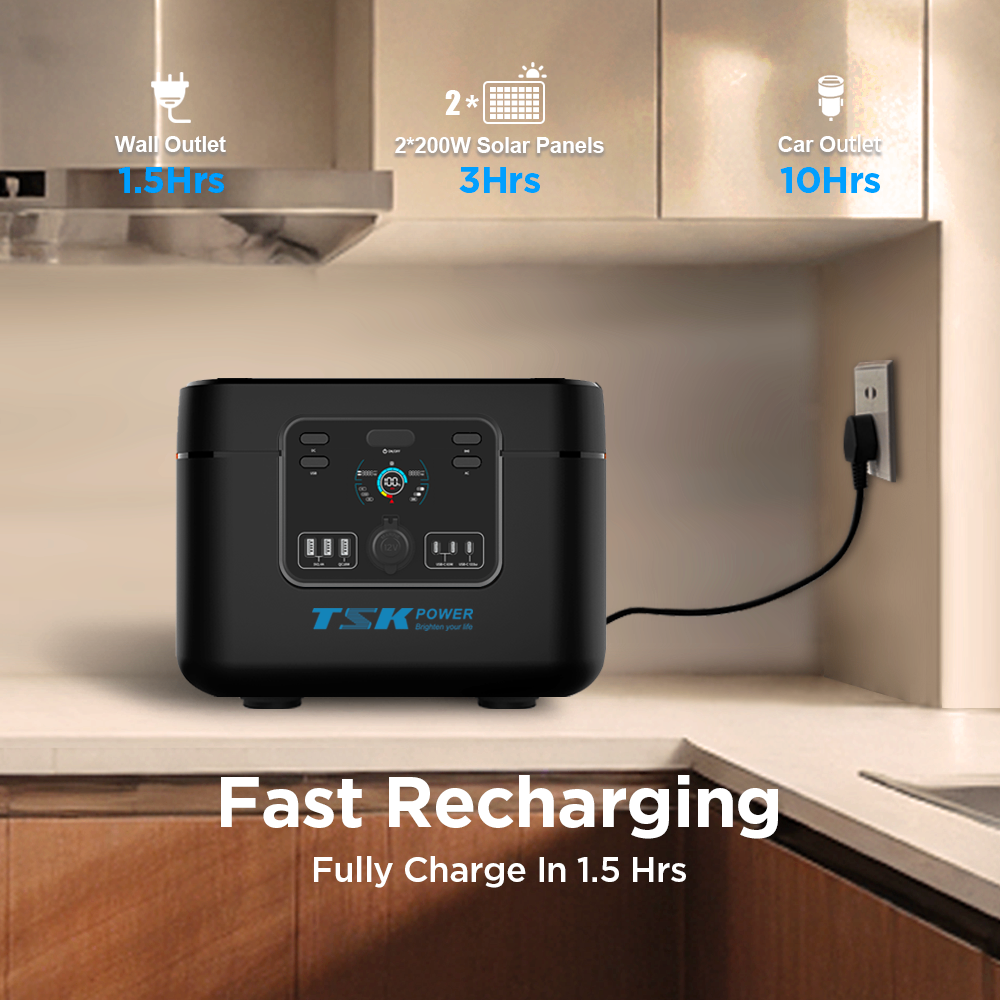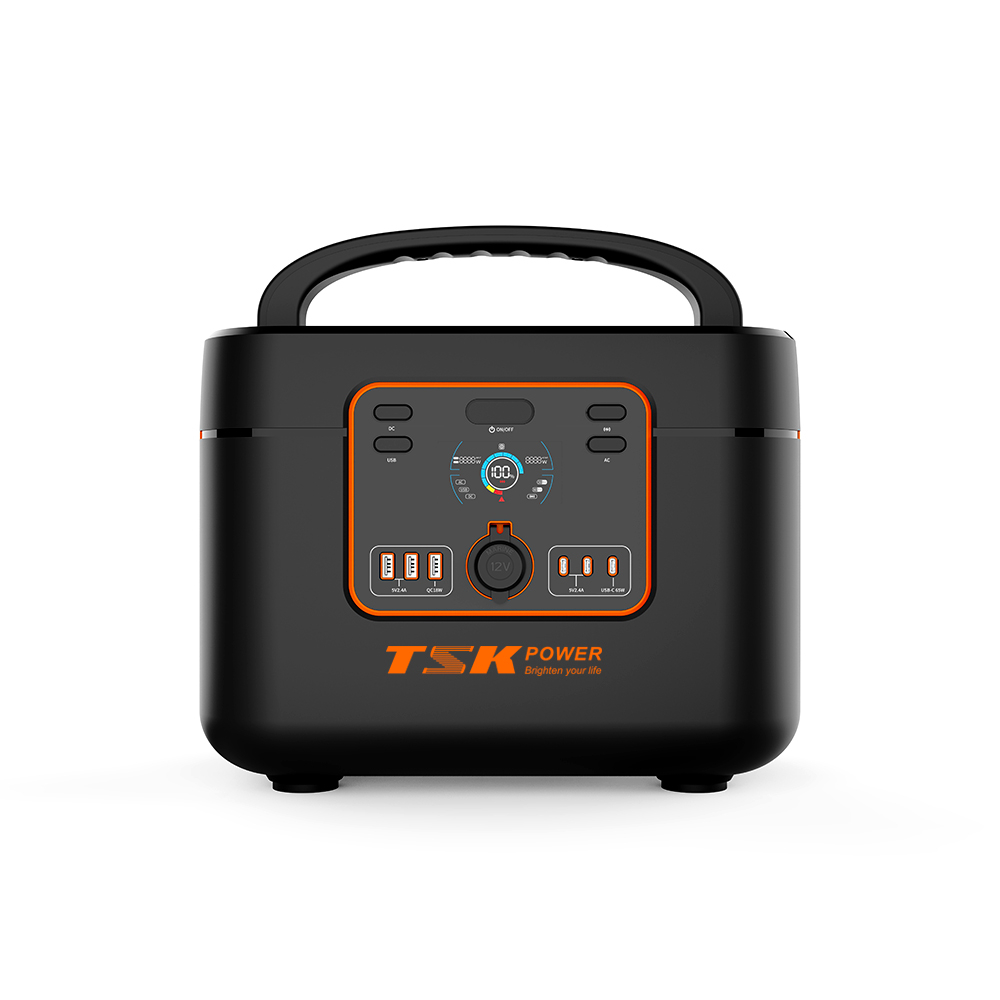
WHAT IS A WATT?
To better understand Watt time, we must first explain Watt. Watt is the measuring unit of power. Power is the rate at which the energy flows. If you think of Watt as a measure of traffic, it's easy to determine whether a device needs large or small traffic to work. The higher the wattage requirement, the greater the flow rate required to run the equipment.
Assuming frequent alternating power outages in your area during the summer, you need to determine how much power you need to keep the refrigerator running. Have you noticed the model information label on the inner wall of the refrigerator? The same label usually shows the power consumption of the refrigerator, as does the user manual. If you can only find the voltage and current, a quick calculation will tell how much watt the refrigerator needs.
HOW ARE WATTS CALCULATED?
Once the volts and amperes are found, it is easy to determine how many Watts the refrigerator uses. Watt was calculated using the following formula:
Volt-x-amp = Watt
Let's say you find that the refrigerator needs 15 volts and 3.5 amps, so the maximum power consumption is 52.5 watts.
15 volts x 3.5 amperes = 52.5 watts
Instead, you can adjust the formula based on the information you found. For example, if the amps is not listed, you can divide wattage by volts. In the US, all regular sockets are 120 volts, so you can use the following formula:
Watt / Volt = amp
A quick internet search also allows you to estimate the average voltage for most devices, so please don't worry if your product doesn't list the amps or volts.
Note: Because various factors (such as indoor ambient temperature, refrigerator efficiency, and the length and frequency of refrigerator opening time) can fluctuate, we use Energy Star's standard test conditions (STC) to help summarize the running time of our products.
WHAT IS A WATT HOUR?
Watt Hours are a unit of measurement for energy. Energy is the total sum of power over a period of time – in other words, a way of measuring capacity. Remember: capacity refers to the amount of charge stored in a battery. In this case, we use the time period of 1 hour. So, what’s the difference between Watts and Watt Hours? Watts measure the rate of power at a moment in time, and Watt Hours measure amount of power for a specific period of time.
HOW ARE WATT HOURS CALCULATED?
When finding the capacity of a battery, the Watt Hours are calculated using the equation:
Nominal Voltage x Amp Hours = Watt Hours
The TSK battery has a nominal voltage of 10.8 Volts, and if we multiply that by its 140.4 Amp Hours, we arrive at 1516 Watt Hours.
10.8 Volts x 140.4 Amp Hours = 1516 Watt Hours
Note: Nominal Voltage is the “average” Voltage in the operating range of a battery (e.g., a standard lead acid battery has a nominal Voltage of 12 Volts).
 2024-08-19
2024-08-19
























